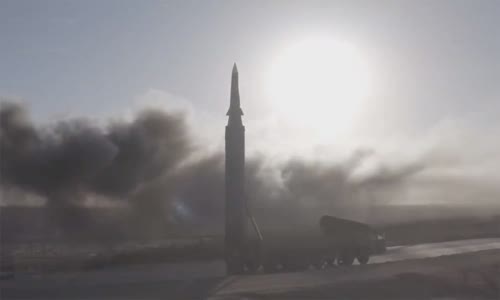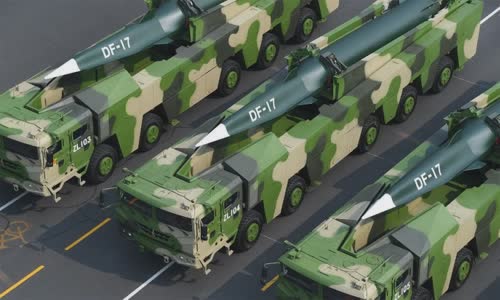China design super electromagnetic weapons can reach Guam
China expert designed a superpoint weapon of 3,000 km, which could fly to Guam and create electromagnetic pulse waves.
The expert team at the Chinese Mobile Destroying Technology Institute in Beijing gave the idea of developing a super-negative weapon that could create electromagnetic pulses with a range of 3,000 km, equivalent to the distance from the east coast
This super-flying weapon sample can reach the max 6 speed (6 times faster than the speed of sound) and complete the distance of 3,000 km in 25 minutes.
Extremely powerful electromagnetic waves will burn important electronic devices of the opponent's information network in a two-kilometer radius, Sun Zheng expert and colleagues said in the article posted in the name technology magazine
Talent can be super missiles with DF-17 in a series of Chinese military on January 2.
Unlike ballistic missiles, electrical impulse weapons from superpread will fly in the atmosphere to dodge wing systems early in space, and have active stealth technology to avoid detected radars.
The team identifies the types of electrical impulse weapons with a nuclear warhead to produce electrical impulse waves, but this limits their applications.
When the bullet is explosion, the impulse will compress a power magnet called a magnetic compression generator, which has the role of energy conversion from the explosion into extremely strong electrical waves.
Some countries have developed electromagnetic bombs using conventional warheads, but they are often heavy and cumbersome due to enough battery to store energy for electrical impulses.
US researchers said the air force in 2017 considered using a large cruise missile with electromagnetic warheads to paralyze Korean nuclear facilities.
Sun's group said the electromagnetic weapon from superpectically has the advantage that the enemy cannot detect it on the route.
In order to achieve comprehensive stealth, electromagnetic weapons superpointed by Sun's research team will convert external temperatures, usually over 1,000 ° C, to power to provide energy for the
Super missile overpass DF-17 during the arena in Beijing, China, October 2019.
An expert in the field superpread in Nanjing said the idea could be feasible, because the heat conversion technology to create plasma is applied for reducing resistance or flight control for super-overpass vehicles
Sun's team said to have a light weight to achieve the ability to move with superpectical velocity, electromagnetic weapons designed by them will not bring any batteries.
Super capacitor can release 95% energy for 10 seconds, suitable for instantaneous discharge to damage electromagnetic pulse, the team said.
Super-flying electromagnetic weapons are still at the concept stage.





Comments
Post a Comment